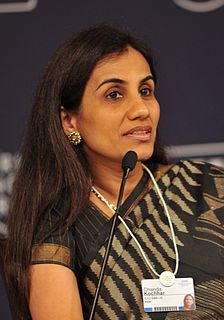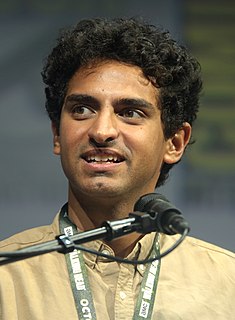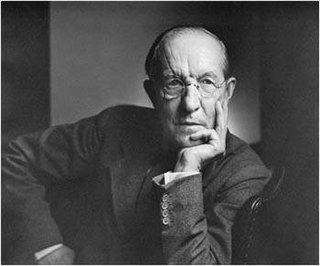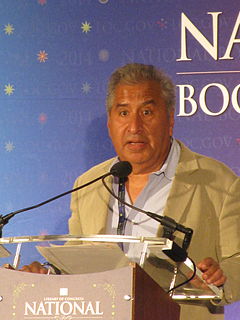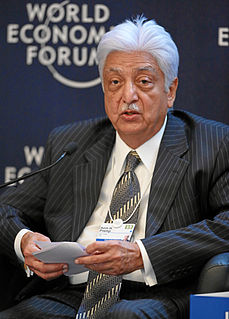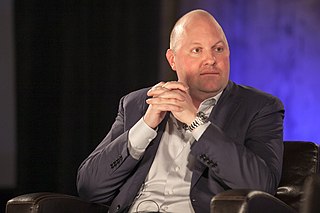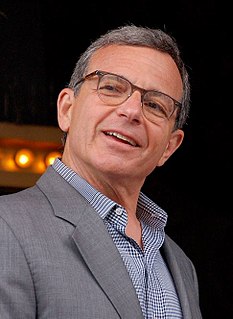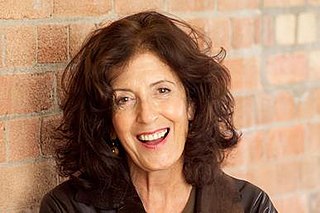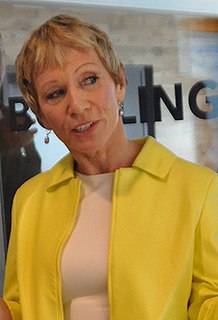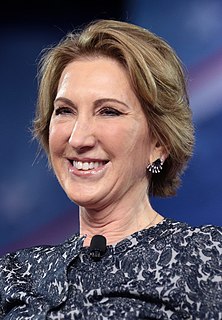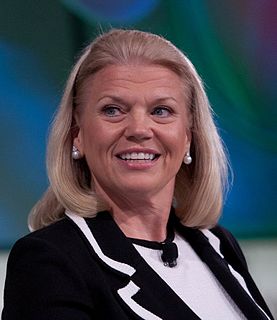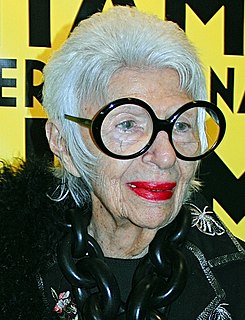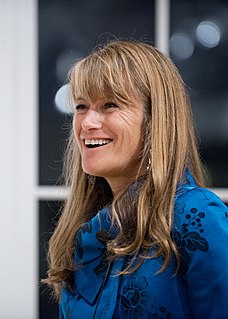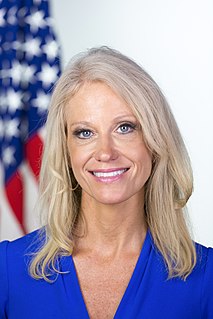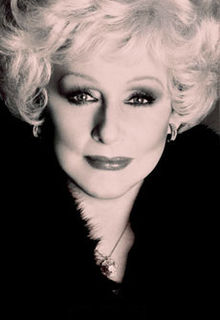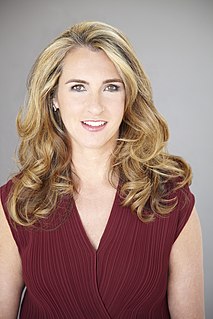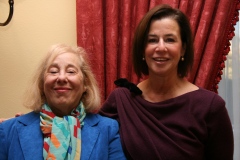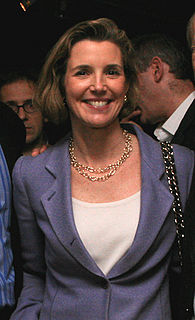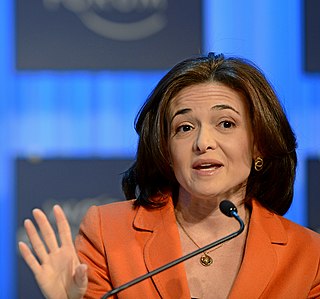A Quote by Chanda Kochhar
One thing I would say about the Indian consumer is that as much change and as much technology, innovation that you offer to the Indian consumer, the Indian consumer is very receptive and actually keep expecting more, and we have had that great experience.
Related Quotes
I had an Indian face, but I never saw it as Indian, in part because in America the Indian was dead. The Indian had been killed in cowboy movies, or was playing bingo in Oklahoma. Also, in my middle-class Mexican family indio was a bad word, one my parents shy away from to this day. That's one of the reasons, of course, why I always insist, in my bratty way, on saying, Soy indio! - "I am an Indian!"
